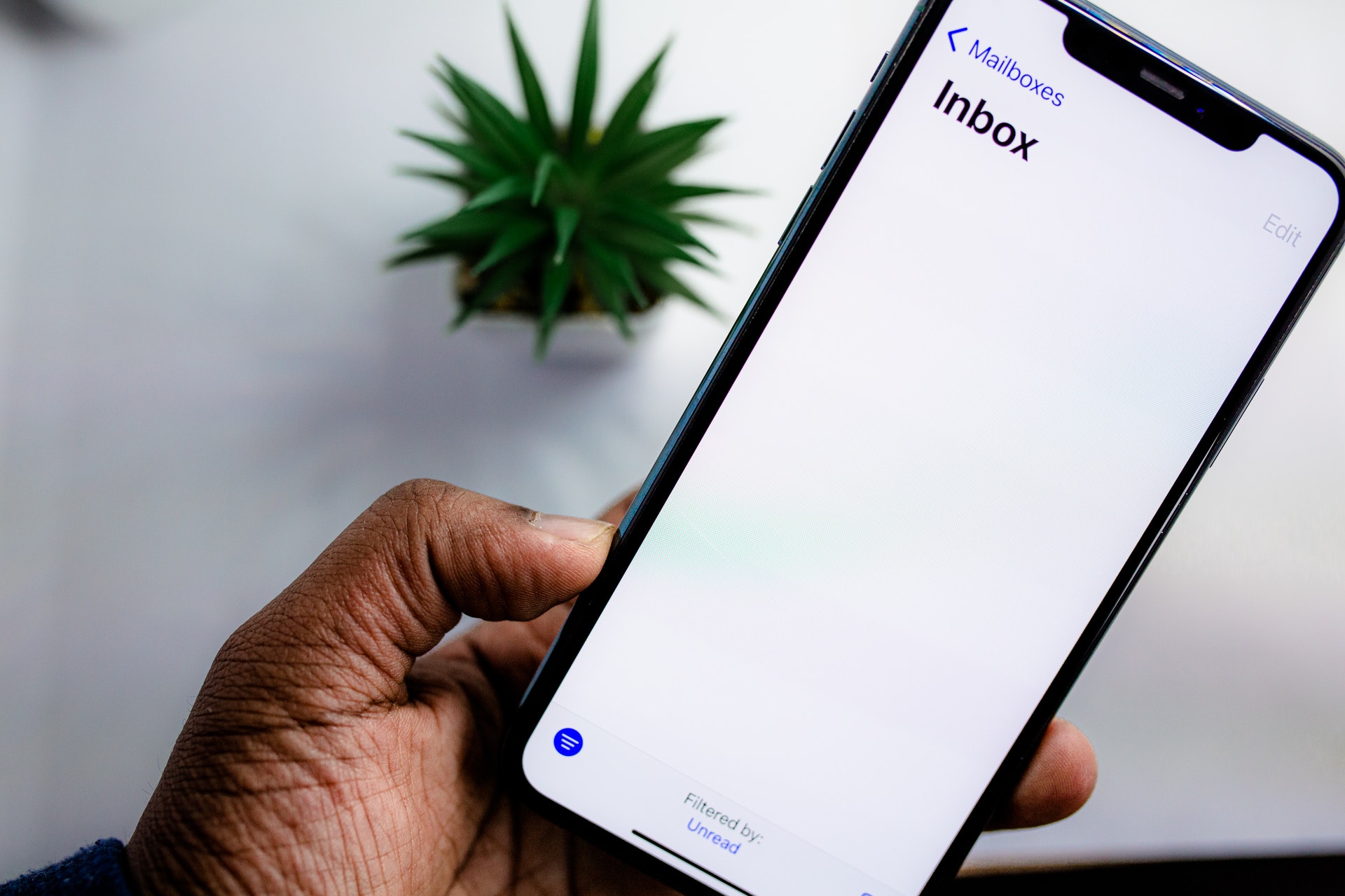Minimum viable inbox
If life gives you lemons, delete them and don't look back.
21 June 2020

I still miss Google Inbox, and I’m intrigued by HEY. But like lots of us, at work I have to use Outlook for Business.
And like lots of us, I get a lot of email.
The comprehensive Inbox Zero battle plan never really did it for me (and the person who invented it says we’ve been doing it wrong anyway).
I’ve also heard people rave about the Yesterbox technique. It seems like a neat idea in principle, but I can’t see it surviving contact with my schedule.
Nevertheless, I don’t like loose ends and I don’t like things to get missed, which means I can’t abide a messy inbox. And whilst I don’t have a magic cure for the tyranny of email, I do have a method that works for me.
1. Turn off previews
The preview snippet and reading pane in Outlook are both killers, because they make it impossible to flick through your emails without getting distracted by their contents. TMI, Outlook for Business! Turn them both off. All you need is to see is sender, subject and date.
2. Delete without reading
You’ve seen enough emails by now to know pretty much straight away which ones are going to be a waste of time. If the sender and / or subject line are giving you this vibe, trust your instincts and hit delete without opening it. There’s only one exception to this rule (see #3).
3. Unsubscribe from all the things
Every so often I end up on a new mailing list, for example after registering for an event. If you’re not interested any more, take 10 seconds to open it and unsubscribe before you delete. Better to do this now than put it off until next time, and it’s more polite than blocking.
4. Search, not folders
The emails that you’ve dealt with need to leave your inbox immediately. But don’t waste your time filing them into folders like it’s 1994 and you’re trying to out-categorise the Yahoo! homepage. It’s 2020, we’ve invented search, stick them all in one big archive and be done with it.
5. Reply on chat
Lots of emails should really have been chat messages, particularly the quick questions and stealth conversation starters. If you can easily reply on a more appropriate channel (e.g. Slack or Teams) then do. Some people will find this annoying at first, but you’re doing both of you a favour.
This approach has helped me to stay on top of my inbox over the years, but everyone’s situation is different so YMMV.
Whatever you choose to do with your email, though, always remember that it’s easy to help other people cope with theirs too.
Rule number one: don’t send email unless you have to.
Rule number two: write better emails.